-
What would it be like living on Tatooine from ‘Star Wars’? This exoplanet orbiting twin suns could tell us
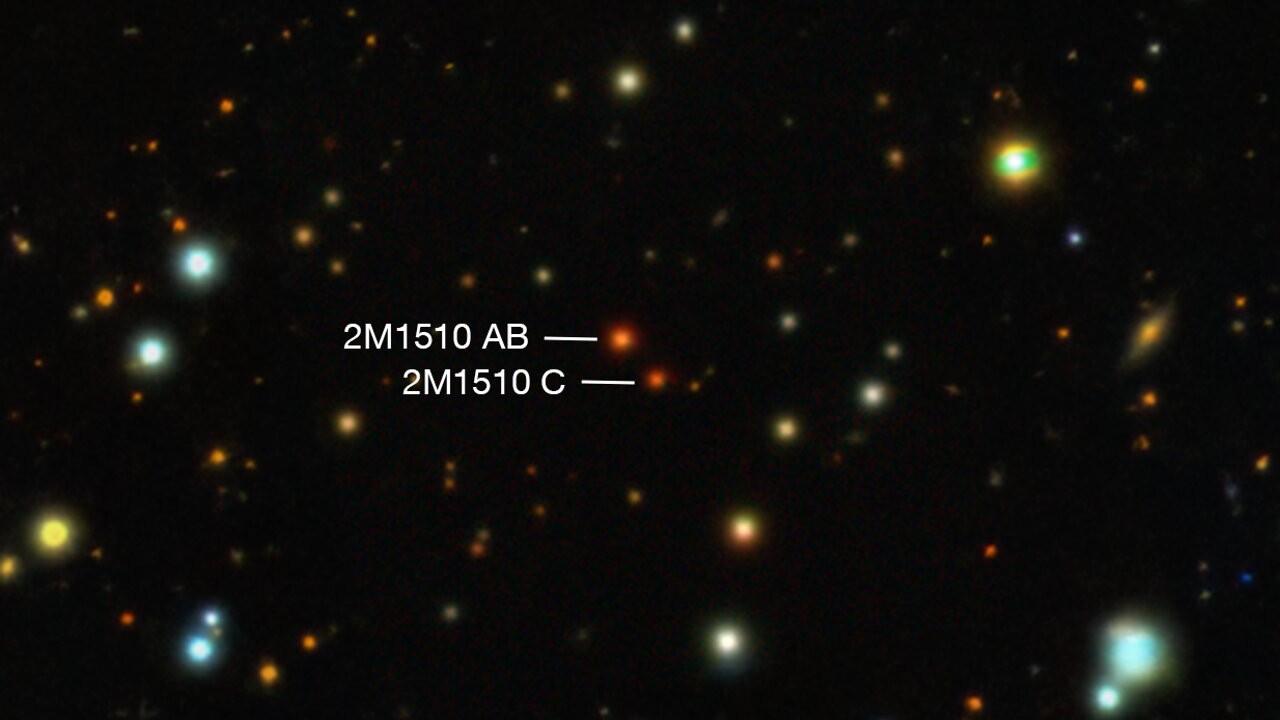
A Tatooine-like world with a key difference from the desert planet in “Star Wars” has been serendipitously discovered orbiting not two stars, but a pair of brown dwarfs. What’s more, this wacky planet doesn’t orbit around the brown dwarfs’ equator, but instead up and down over their poles. In the “Star Wars” universe, Luke Skywalker…
-
The bizarre space explosions scientists can’t explain

1 day ago ShareSave Jonathan O’Callaghan ShareSave Philip Drury/ University of Sheffield Astronomers have spotted around a dozen of these weird, rare blasts. Could they be signs of a special kind of black hole? Astronomers had never seen anything like it before – something vast, in the depths of space, went boom. Telescopes on Earth…
-
Annual Astronomy Day is back at UW-Eau Claire

EAU CLAIRE, Wis. (WEAU) – UW-Eau Claire’s science department catching many peoples’ attention on Saturday during their annual Astronomy Day showing many what science has to offer. Collaborating with the Chippewa Valley Astronomical Society, people of all ages came to the event. Learning about infrared light, radioactivity, solar and radio telescopes and meteorites. Those involved…
-
Annual Astronomy Day is back at UW-Eau Claire

EAU CLAIRE, Wis. (WEAU) – UW-Eau Claire’s science department catching many peoples’ attention on Saturday during their annual Astronomy Day showing many what science has to offer. Collaborating with the Chippewa Valley Astronomical Society, people of all ages came to the event. Learning about infrared light, radioactivity, solar and radio telescopes and meteorites. Those involved…
-
A whole ‘population’ of minimoons may be lurking near Earth, researchers say
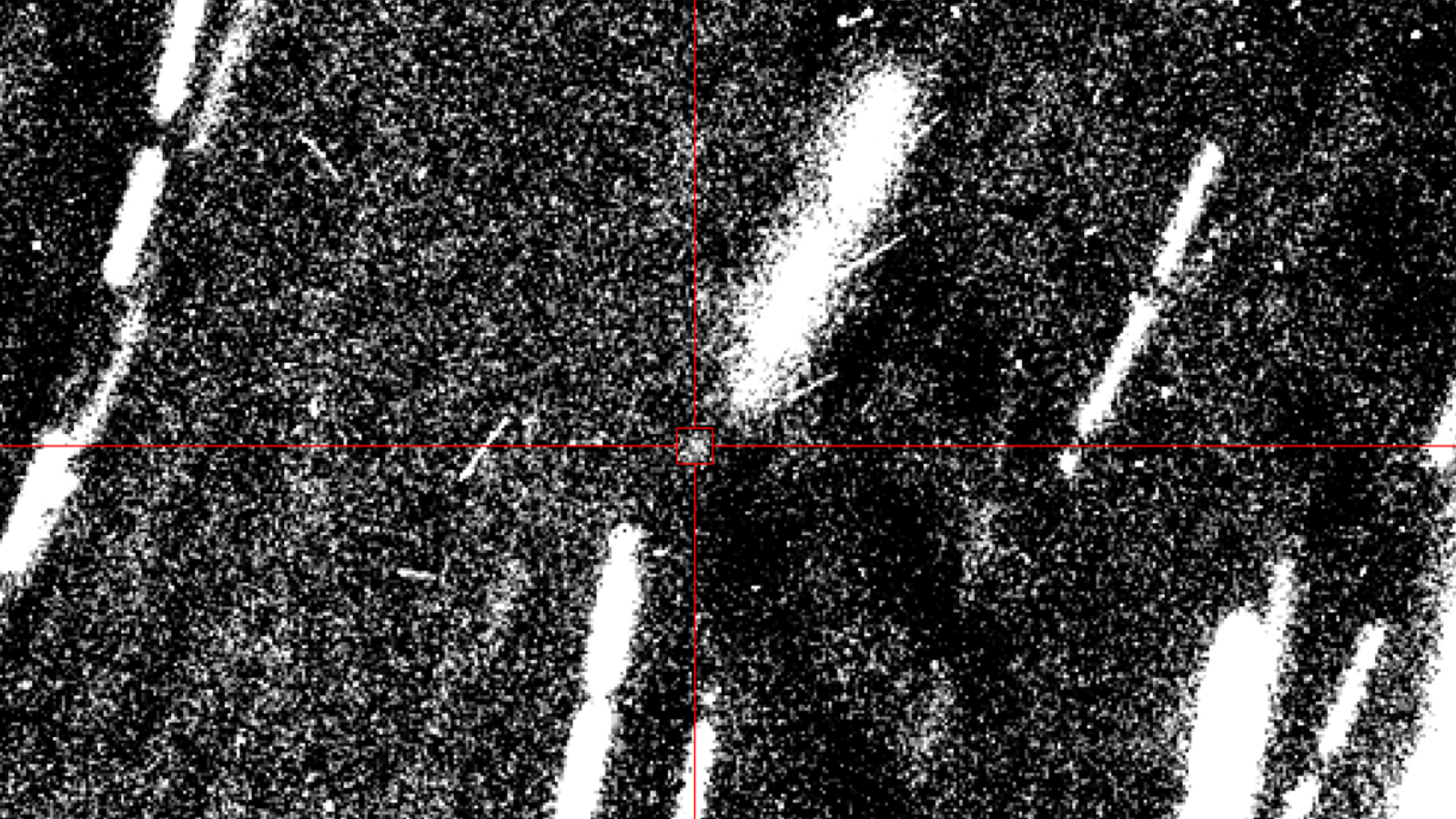
Earth’s minimoon may be a chip off the old block: New research suggests that 2024 PT5 — a small, rocky body dubbed a “minimoon” during its discovery last year — may have been blown off the moon during a giant impact long ago, making it the second known sample traveling near Earth’s orbit. The discovery…
-
James Webb Space Telescope finds coldest exoplanet ever seen, and it orbits a dead star
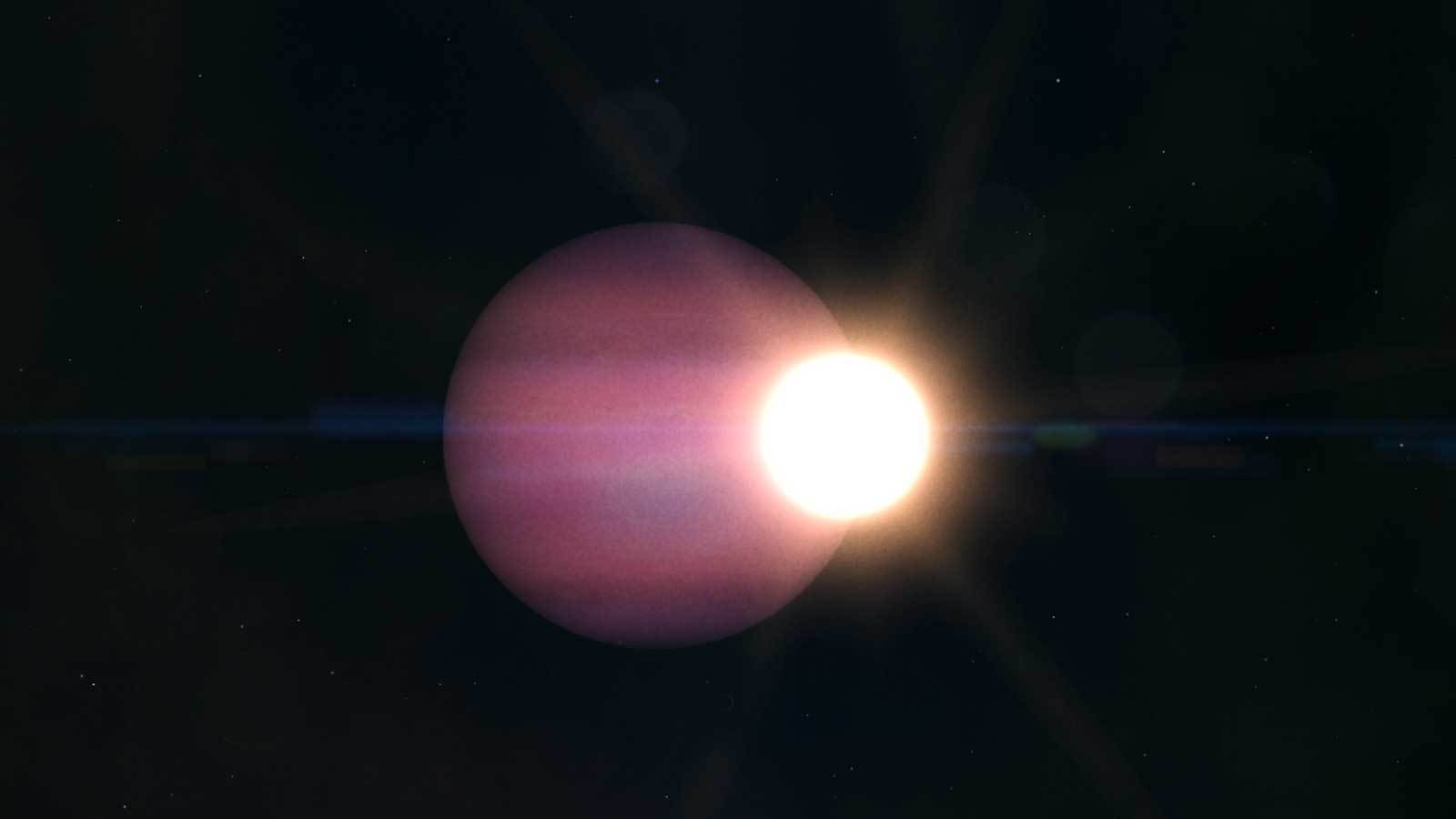
Astronomers using the James Webb Space Telescope (JWST) have detected the first planet seen orbiting a dead star, offering new insights into how planets evolve during the final stages of a star’s life. The James Webb Space Telescope’s observations of the exoplanet, named WD 1856+534 b, also confirm it is the coldest exoplanet to date,…
-
Astronomers spot candidate for potential ninth planet far beyond Neptune
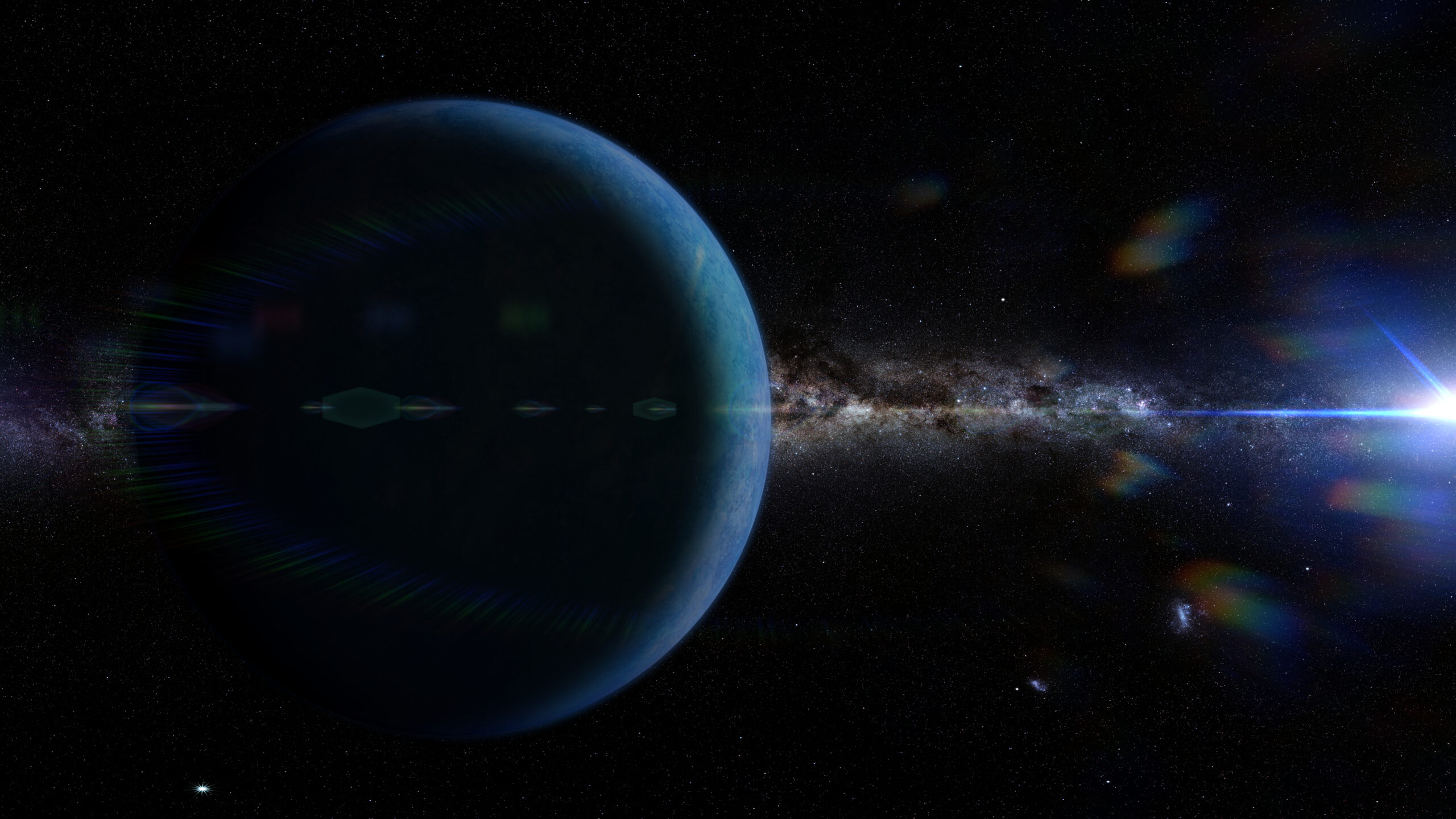
Astronomers searching for a ninth planet in our solar system say they’ve found a “good” candidate far beyond Neptune, according to a new preprint study. This could be humanity’s first glimpse at the long-theorized Planet Nine, which — if it exists — is a giant, undiscovered world distantly orbiting our sun. However, the ninth planet…
-
Space commentator David Moore abandons tribunal hearing into dismissal claim by ex-Astronomy Ireland manager

Stock image Stephen Bourke Yesterday at 19:56 Space commentator David Moore has abandoned a tribunal hearing into claims of workplace rights breaches by a former manager at Astronomy Ireland who has accused him of “pocketing” money meant for the science organisation. A Workplace Relations Commission (WRC) adjudicator told Mr Moore his approach to the case…
-
Gaze at a cluster of glowing galaxies photo of the day for May 2, 2025
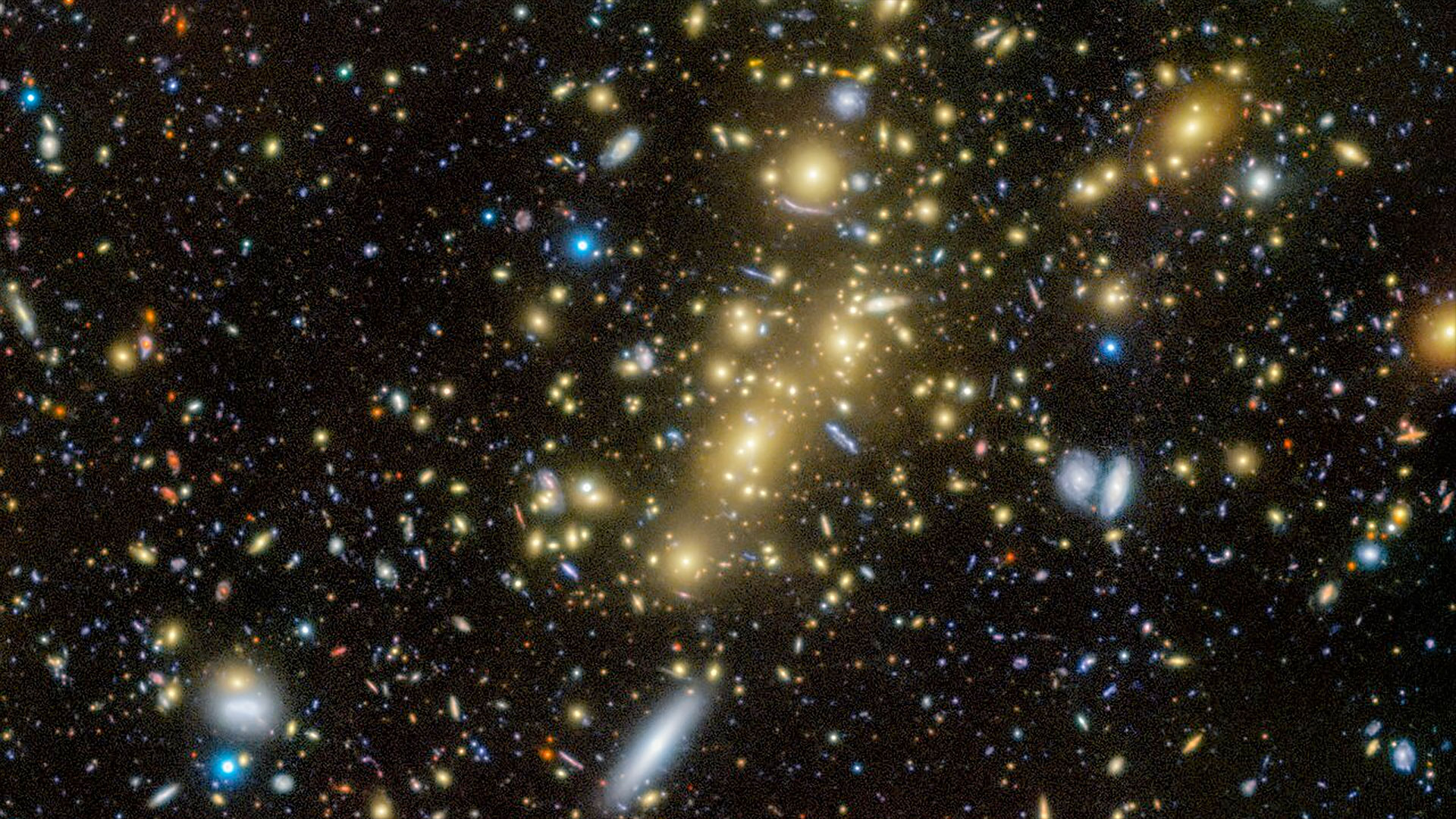
The cosmic community of Abell 1489 comes into focus in this image of the galaxy cluster taken by the Gemini Multi-Object Spectrograph on Gemini North, one half of the International Gemini Observatory. (Image credit: International Gemini Observatory/NOIRLab/NSF/AURA) Galaxy cluster Abell 1489, as imaged by the International Gemini Observatory, contains more than 200 of the gravitationally-bound…
-
New JWST observations of ‘trans-Neptunian objects’ could help reveal our solar system’s past
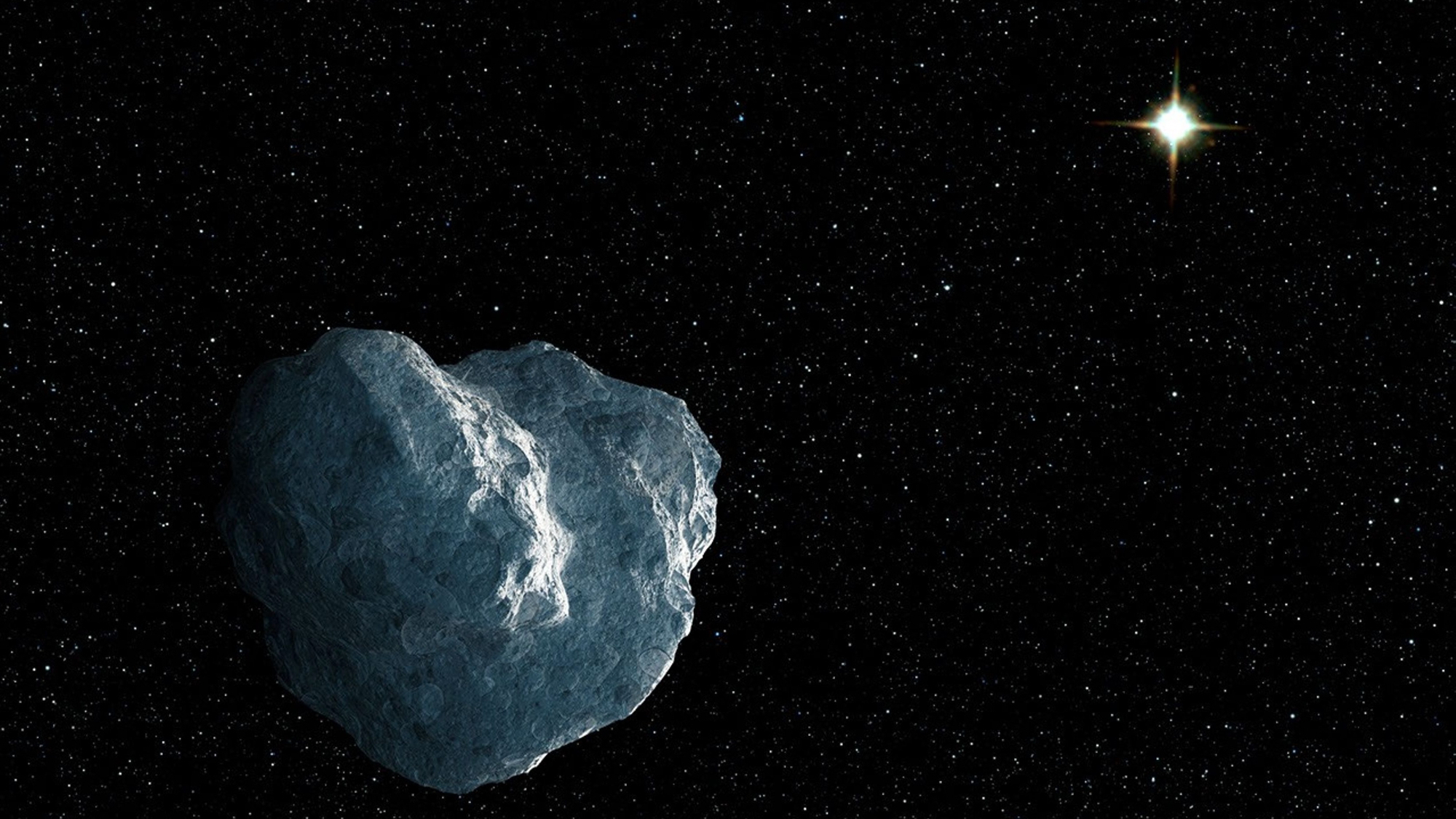
In a distant corner of our solar system called the Kuiper Belt, icy bodies lurk in the darkness, orbiting our sun at vast distances. These ancient minor planets are called trans-Neptunian objects (TNOs), and they date back to the formation of the solar system. Researchers participating in the Discovering the Surface Compositions of Trans-Neptunian Objects…